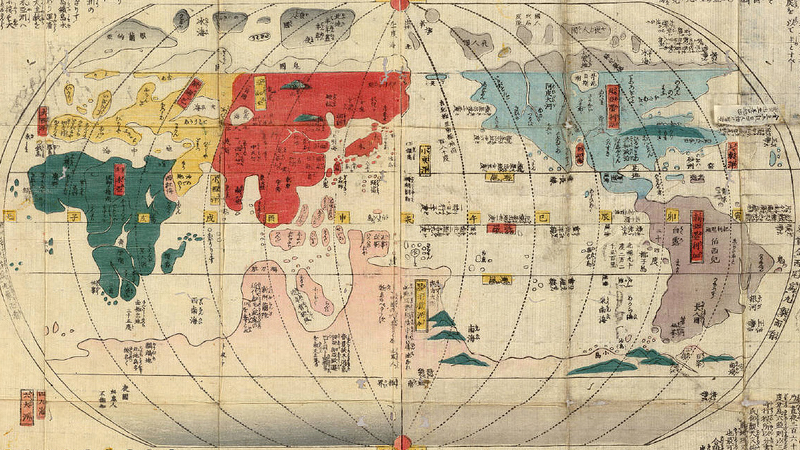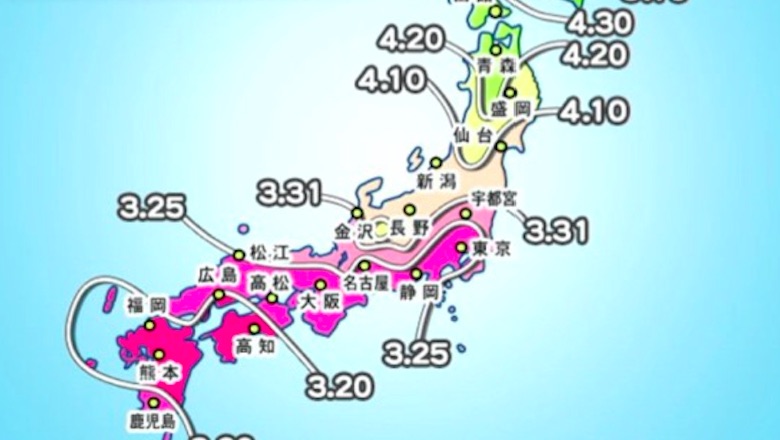200 – Japan Looks Like Its Phillips Curve
n
It’s said that dogs end up looking like their masters. A similar alchemy seems at work between the shape of a country and its results on an economic graph called the Phillips Curve.
n
This particular diagram compares a map of Japan to its Phillips Curve. The plotted dots resemble a map of the Japanese archipelago, not just the general curvature of the island group but also some characteristics of the main islands.
n* the ‘mainland’ island of Honshu and the north island Hokkaido are clearly distinguishable.
n* Shikoku, the smallest of Japan’s four main islands, is also there – although it has switched shores to float around in the sea between mainland Japan and China.
n* oversized and too far removed from Honshu, the southernmost island of Kyushu nevertheless is recognisable in the rorschach-like blotches closest to the graph’s axis.
n
The concordance is far from exact, but remarkable nonetheless: the ensemble of the rorschach-like blotches does resemble the Japanese archipelago. Even more bizarre is the fact that this similarity is not a singularity: apparently, the Phillips Curve for Canada looks a lot like… Canada. Or so they claim over at the quirky economics blog called Marginal Revolution. The link to the relevant entry there was kindly provided by Jas Ellis. As she is an economist and I’m not, I shall quote her liberally:
n
“The Phillips Curve charts a historical regularity in which unemployment and inflation are negatively correlated. Each point records inflation and unemployment in a given year. Alban Phillips noticed the relation in 1958. For a while, it looked like governments might be able to reduce unemployment if they were prepared to suffer a slightly higher inflation rate.”
n
“However, this was not the case, as Edmund Phelps realised (and won a Nobel Prize for doing so). While the relationship might hold in the short run, long term (stable) unemployment is dependent on the overall structure of the economy, so higher inflation cannot have a long-term effect on unemployment. And when people’s expectations are taken into account, there isn’t even a short-term change in unemployment.”
n
“Interestingly, the Phillips curves for most modern economies no longer look the way they did in 1960. Any intervention on the base of this idea was doomed to fail by Phelps’s argument, as governments in the 1970s found. Now, modern monetary policy has improved so inflation is pretty stable, and the curve (for the US) has been almost horizontal since the mid-1980s — thus looking like the Marshall Islands, as the poster (of the Marginal Revolution entry) says. He is, however, referring to the famous economist Alfred Marshall, who had nothing (directly) to do with the Phillips curve!”
n




